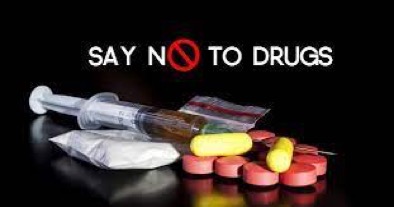#Youth Forum
Consequences of youth substance abuse
Apr 11, 2023, 11:52 AM
Young people who persistently abuse substances often experience an array of problems, including academic difficulties, health-related problems (including mental health), poor peer relationships and involvement with the juvenile justice system.


